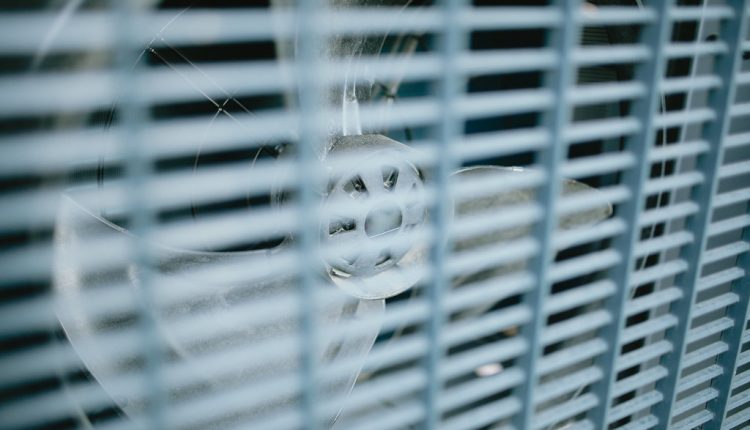A unique thing happens every year just around Easter in homes across the UK. It might have happened in yours without you even noticing. This is the time of year when thousands of homes once again work together to figure out how to change the timer on their central heating. Our reliance for having the heating on (“blasting” as we say in my house) diminishes as we edge ever closer to another great British summer.
It’s at this time of year, though, that you can do some magical things with your home heating when you know it will be on for shorter periods. I want to quickly run through some of the tweaks you can make every spring to improve heating and help bring those bills down. I promise it’s only minor tweaks that create added benefits. Let’s get started, shall we?
Thermostat(us) check
People often overthink the heat output of individual radiators (I’ll get to valves next). I’m of the opinion that people never give a second thought to the heat output of their boilers, though. Never forget that your boiler, be it a combi-gas boiler inside or outside boiler from an oil tank, is set to a specific temperature.
Now that the weather is getting warmer, you might want to have a quick look and see what temperature the thermostat in your boiler is set at. You might think that surely it’s best just to have it cranked up fully, but it isn’t at all. If you see the thermostat is sitting in the 80-90°C range, get the dial turned right down to the mid-60s instead.
Turning the temperature down here sets a new target for your whole heating system, so there’s less need for tinkering with every single radiator around the home.
Valve Swap
Speaking of tinkering with radiators, how often do you play around with your valves, and can you?
If your radiator has those older white cap small valves, I can’t recommend enough getting them off while radiators are off and popping some thermostatic valves on instead. There are some cracking deals at https://www.traderadiators.com/radiator-valves/thermostatic-radiator-valves for just now on these valves. Just make sure you get one that matches the colour of your radiator and the style. You don’t want a valve that sticks out like a sore thumb.
If you have already have thermostatic radiator valves in place, and someone has them set between 3-5 on the little gauge, get them turned right down to 1 or 2 instead. Anything more than halfway is you telling your radiator you want it to be blasting heat above 20°C every night, something I can almost guarantee you don’t want to happen on a sunny evening in the middle of May.
Time to bleed
Think that bleeding your radiators is only something you do in the autumn? Think again. For months, your radiators have been whirring away every evening. It is only natural that air can make its way in from time to time. Now that radiators will be on less, or not on at all, you don’t want the insides of your radiators to be home to trapped air. It is an invitation to let oxidisation start and slowly erode the inside of a radiator year by year.
Get a trusty tea towel and radiator key. Go around every radiator when they’re cool (never bleed when the heating is on) and get any air at all out. It will help keep your system in check when you’re using it less and obviously reduce the amount of air in there when you’re bleeding again in the autumn.
Now enjoy saving energy and money!
Thanks for reading. I hope you’ve gleaned some useful information to optimise your home heating at this time of year. If reading about radiators has taken your fancy, why not check out this article on the different fixtures and fittings you need for your home.


Comments are closed.